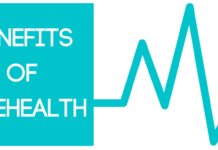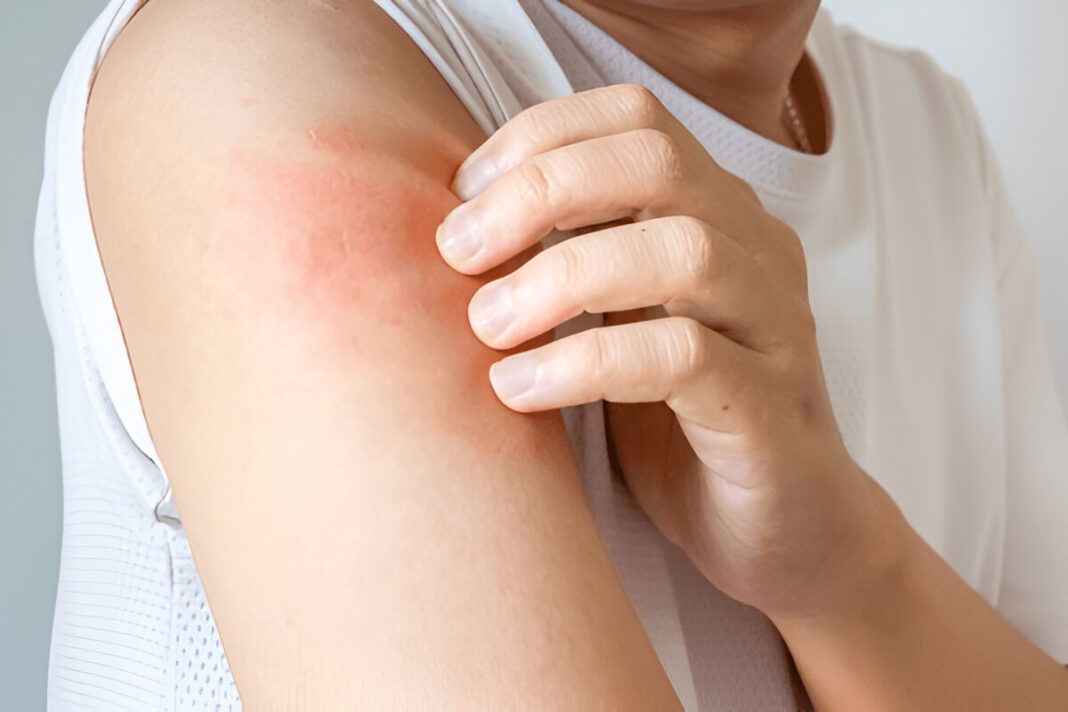Toxic Epidermal Necrolysis (TEN) is a rare but extremely serious skin condition. It often appears suddenly and can be life-threatening if not treated right away. Although it isn’t common, knowing about TEN can make a major difference in recognizing the warning signs and seeking medical help early.
What Is TEN?
TEN causes the outer layer of the skin (called the epidermis) to separate from the lower layers. As a result, large areas of skin blister and peel off, similar to a severe burn. It also damages mucous membranes such as those in the mouth, eyes, and genitals, making everyday actions like eating or blinking very painful (Schwartz et al., 2013).
Doctors consider TEN the most severe form of a group of skin reactions that includes Stevens-Johnson Syndrome (SJS). The difference between them lies in how much skin is affected. While SJS impacts less than 10% of the body, TEN affects more than 30% (Roujeau & Stern, 1994). This level of skin damage makes TEN a medical emergency.
What Causes TEN?
In most cases, medications trigger TEN. Some of the most common drugs involved include:
- Antibiotics, especially sulfonamides and penicillin
- Anti-seizure medications, such as carbamazepine and phenytoin
- Non-steroidal anti-inflammatory drugs (NSAIDs) like ibuprofen
- Allopurinol, used to treat gout
Although rare, infections or vaccines can also trigger TEN. However, the immune system plays the biggest role. For some reason, it overreacts to these drugs and mistakenly attacks healthy skin cells. This attack leads to widespread skin cell death (Yip et al., 2020).
Who Faces a Higher Risk?
Certain people are more likely to develop TEN. These include:
- Older adults
- People with weakened immune systems, such as those with HIV or cancer
- Individuals with a family history of drug allergies
Additionally, genetics may contribute to risk. Some people carry specific HLA genes that make them more sensitive to certain medications (Chung et al., 2004).
Symptoms to Watch For
TEN usually starts with flu-like symptoms, including fever, sore throat, and tiredness. Within a few days, a painful rash appears and spreads quickly. This rash develops into:
- Red or purple patches
- Large blisters that burst easily
- Areas of skin that peel off in sheets
- Painful sores in the mouth, eyes, or genitals
Because these symptoms progress fast, prompt treatment is crucial. If left untreated, TEN can cause serious complications such as infections, dehydration, or even organ failure.
How Do Doctors Diagnose TEN?
Doctors often start by reviewing your medication history and examining your skin. If they suspect TEN, they may take a small skin sample (a biopsy) and examine it under a microscope. Blood tests and other lab work can also help rule out infections and check for organ involvement.
Treatment: What Happens in the Hospital?
Doctors treat TEN as a medical emergency. Most patients go to a burn unit or intensive care unit. Here’s what treatment usually involves:
- Stopping the offending drug immediately
- Caring for the skin, similar to burn treatment this includes wound care, pain relief, and fluid replacement
- Preventing infections, which are common due to the skin loss
Although no specific cure exists, doctors may use certain treatments to slow the immune system’s attack. These include corticosteroids, intravenous immunoglobulin (IVIG), and immune-suppressing medications. The effectiveness of these treatments can vary, so doctors choose based on the patient’s condition (Harr & French, 2010).
What About Recovery and Long-Term Effects?
Healing from TEN takes time. Most people recover over several weeks, but the skin may take longer to return to normal. Some patients face long-term complications, such as:
- Dry or scarred eyes
- Skin discoloration or scarring
- Loss of fingernails or toenails
- Emotional stress or trauma
Can TEN Be Prevented?
While you can’t prevent all cases of TEN, certain steps help lower the risk:
- Avoid drugs that caused past allergic reactions
- Wear a medical alert bracelet to inform healthcare providers
- Get genetic testing before starting high-risk medications, especially if you belong to an at-risk ethnic group
Toxic Epidermal Necrolysis may be rare, but it is incredibly serious. Knowing the symptoms and seeking treatment quickly can save lives. If you or someone you know starts developing a rash after taking a new drug especially along with fever or fatigue don’t wait. Contact a doctor right away. The sooner TEN is caught, the better the outcome.
References
- Chung, W. H., Hung, S. I., Hong, H. S., Hsih, M. S., Yang, L. C., Ho, H. C., … & Chen, Y. T. (2004). A marker for Stevens–Johnson syndrome. Nature, 428(6982), 486. https://doi.org/10.1038/428486a
- Harr, T., & French, L. E. (2010). Toxic epidermal necrolysis and Stevens-Johnson syndrome. Orphanet Journal of Rare Diseases, 5(1), 39. https://doi.org/10.1186/1750-1172-5-39
- Roujeau, J. C., & Stern, R. S. (1994). Severe adverse cutaneous reactions to drugs. New England Journal of Medicine, 331(19), 1272–1285. https://doi.org/10.1056/NEJM199411103311906
- Schwartz, R. A., McDonough, P. H., & Lee, B. W. (2013). Toxic epidermal necrolysis: Part I. Introduction, history, classification, clinical features, systemic manifestations, etiology, and immunopathogenesis. Journal of the American Academy of Dermatology, 69(2), 173.e1–173.e13. https://doi.org/10.1016/j.jaad.2013.05.003
- Yip, V. L., Alfirevic, A., & Pirmohamed, M. (2020). Genetics of immune-mediated adverse drug reactions: a comprehensive review and meta-analysis. The Pharmacogenomics Journal, 20(4), 462–474. https://doi.org/10.1038/s41397-020-0153-6











